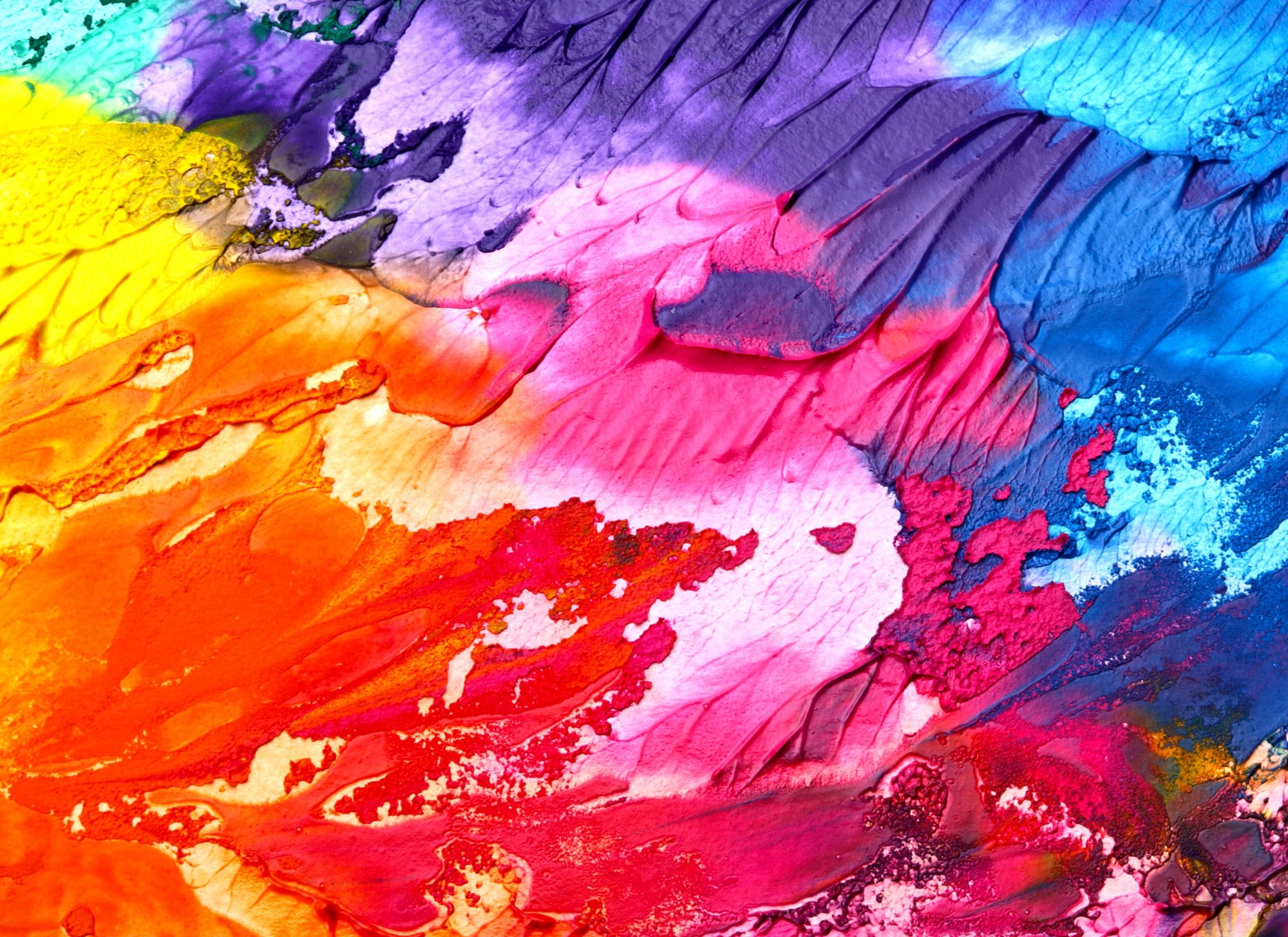Painting can be an incredibly relaxing and enjoyable hobby for any creative person needing an outlet. If you’re not able to take a class, though, there might be a bit of a learning curve to getting started! It’s not as easy as Bob Ross makes it look!
If you want to get started with a fun new hobby and make some beautiful art by canvas painting, it might be helpful to learn a few tips from people who have been at the starting line and made all of the rookie mistakes already.
Get your paintbrushes ready and keep reading to learn more.
1. Prep Your Canvas
So a lot of new painters don’t think to prep their canvases before getting started.
While it’s not strictly necessary with pre-stretched canvases, many of which are primed, it can help to allow your paint to apply more smoothly. If you notice, your canvas might be a little bit rough. It’s a kind of fabric after all, so it has a knit!
Priming with gesso, or even a preliminary layer of paint, can help your painting go on more smoothly and prevent delicate brushes from getting too roughed up when you’re not sure how to apply pressure.
2. Test Colors First
Sometimes the colors that you make on the palette don’t look exactly like the colors that end up drying on the canvas.
It will vary depending on what style of paint that you’re using and what kind of mediums you’re mixing with. Some dry more yellow, some dry warm. Acrylics tend to dry a bit dark.
Testing first will save you from an unpleasant surprise later.
3. Play With Mediums
When you’re first getting started with canvas painting, you might just be concerned with applying paint to the canvas and being satisfied with the results. That’s great!
Eventually, though, adding mediums can be a great way to let your paints do fun new things. They can add textures and shine and they can adjust drying times. Oils that originally took forever to dry may have shortened times. Acrylics which are notorious for their too-fast drying times can be extended.
You can also experiment with using paint pigment in mediums to play with color in a whole new way.
4. Layer Layer Layer
It’s tempting to do one layer of paint and call it a day.
Working with several layers is how you achieve the depth that’s present in beautiful works of art. It’s how you get the nice colors and tones. Your single-layer paintings might be detailed, but have you noticed them looking a bit flat?
To really achieve depth, try adding more layers. Even experiment with textures.
5. Let Yourself Mess Up
Starting with canvases can feel like a big deal. Sketchbooks are paper. Paper can be ripped out, erased, shredded, and started over.
Sometimes doing your first work on canvas can feel paralyzing. It feels more permanent. Making that first mark can feel impossible. What if it’s wrong? This is similar to the terror of the blank page in the writing world.
Know that you can always paint over your work. Painting should be expressive and fun.
Is Canvas Painting in Your Future?
Getting started with canvas painting can be daunting, but it’s a great way to express yourself once you get a good momentum going. It’s different from drawing or even painting on other surfaces, but it’s an excellent stress reliever and a fantastic art skill.
Don’t let being inexperienced stop you from making art and having fun!
For more posts like this, visit the rest of our site.
